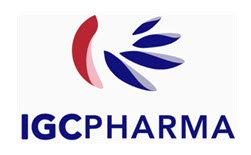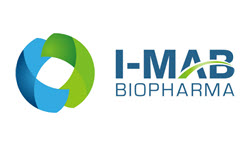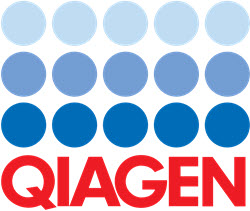
 — Study Deepens Understanding of Treatments for Alzheimer’s Patients, Enabling More Effective Treatments —
— Study Deepens Understanding of Treatments for Alzheimer’s Patients, Enabling More Effective Treatments —
POTOMAC, Md.–(June 10, 2024)–IGC Pharma, Inc. (NYSE American: IGC) (“IGC” or the “Company”), today announced the publication of a significant research article in the European Society of Medicine Journal. The study investigates the effects of CYP2C9 polymorphisms on the pharmacokinetics (“PK”) of delta-9-tetrahydrocannabinol (“THC”) and its active metabolite in Alzheimer’s disease (“AD”) patients.
The publication is titled “A study on CYP2C9 polymorphism in Puerto Rican Alzheimer’s Patients and its role in the Pharmacokinetics of ∆-9-tetrahydrocannabinol” and is available at https://esmed.org/MRA/mra/article/view/5380.









